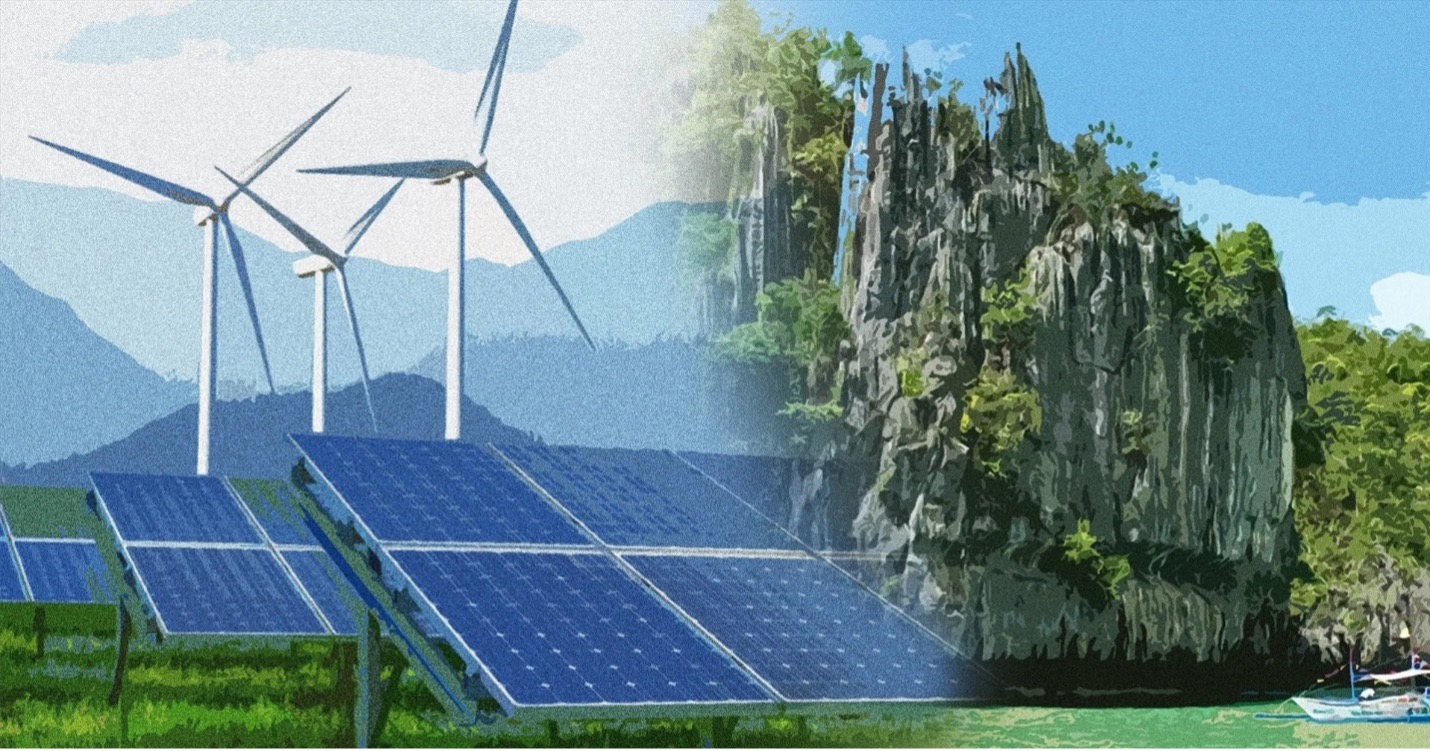Total number of posts 460.
Southeast Asia’s renewable energy sector is poised to generate $100 billion in sustainable revenue by 2030 and create 6 million jobs by 2050.

The report, titled “Renewable Energy Generation: Opportunities for Southeast Asia,” was released on the sidelines of the ASEAN Finance Ministers and Central Bank Governors’ Meeting in Bali, Indonesia this year. It was produced by the Asian Development Bank (ADB), Bloomberg Philanthropies, ClimateWorks Foundation and Sustainable Energy for All (SEforALL). Based on the analysis, the report finds that Southeast Asia's growing solar photovoltaic, battery and electric two-wheeler industries will generate an estimated $90-100 billion in revenue by 2030, while creating 6 million jobs in the renewable energy sector by 2050.
ASEAN is currently the world's fourth largest energy consuming region. Fossil fuels account for 83% of the bloc's energy mix, most of which are imported, mainly oil, gas and coal. Therefore, the impacts of high energy prices have significantly affected many economies. In addition, Southeast Asia could lose up to 30% of its gross domestic product by 2050 due to rising global temperatures and extreme weather events caused by climate change.
Therefore, green energy transition has become an inevitable requirement because the energy demand in the region is forecast to continue to increase as it becomes the world's manufacturing center. Many Southeast Asian countries have accelerated the green energy transition. In particular:
Malaysia aims to increase the installed capacity of renewable energy to 40%, equivalent to 18 thousand MW by 2035. Currently, this figure is more than 8 thousand MW, about 23% of total electricity capacity.
Indonesia has also announced a green energy transition roadmap. From 2030, Indonesia's additional electricity capacity will only come from new and renewable energy sources, while nuclear power plants will be connected to the national grid by 2049. Thailand currently has an installed capacity of renewable energy of over 15 GW, contributing about 1/3 of total electricity. This figure is forecast to increase to 63 GW, accounting for 39% of the market share by 2030.
Viet Nam has great potential for renewable energy, especially wind and solar energy. In recent years, investment in renewable energy has grown rapidly. In just 5 years, from a starting point of almost zero, the renewable energy sector in Viet Nam has developed and had a solar power capacity of 16.5GW and a wind power capacity of 4GW by the end of 2021. Renewable energy currently accounts for about 27% of total installed capacity and 12% of electricity production. In the world, Viet Nam is in the top 10 countries with the highest installed solar power capacity.
For Singapore, Singapore aims to achieve net zero by 2050. Singapore is developing undersea cables to buy clean energy from Viet Nam and other countries in the region, opening carbon credit trading floors, buying and selling renewable energy... With these moves, Singapore is said to have ambitions to become the region's renewable energy hub in the future. What this island nation is doing can be considered a new development model in meeting the challenges of reducing emissions and energy security. Singapore plans to replace 70% of its energy supply with hydrogen and ammonia, and CCUS technology (C02 capture, use and storage). Singapore is smaller than New York City in the US, so the country does not have many options in producing energy for its growing needs. Some of what Singapore can do is install solar panels on buildings and on reservoirs, but there is little room for large solar, wind or hydropower facilities. To meet the remaining 30% of demand, Singapore says it needs to import 4GW of low-CO2 electricity by 2035, equivalent to the output of four nuclear reactors.
Status of undersea cable construction to buy clean energy within and outside ASEAN.
In 1997, ASEAN launched the ASEAN Power Grid (APG) initiative to facilitate cross-border transmission and develop power sources within the bloc. Locations suitable for various renewable energy sources are scattered across the bloc, such as hydropower from Laos, wind power from Viet Nam, and geothermal power from Indonesia and the Philippines, said Yuichi Watanabe, research director at the Japan Electric Power Information Center.
According to the latest ASEAN energy ministers’ report on the initiative, the cross-border grid currently has the capacity to supply 7.7GW. In addition, with projects under construction and in the planning stage, the capacity reaches about 30GW. However, it remains to be seen when the entire project can be completed as the countries have not yet reached a consensus on pricing and cost-sharing.
Back to Singapore, the country began importing renewable energy in June 2022, using existing power lines to transport 100MW of electricity from a hydropower plant in Laos. This is ASEAN’s first multinational power transmission project and it took Singapore 9 years to reach an agreement on the tariffs it would pay for transmitting electricity through 2 transit countries, Thailand and Malaysia. To avoid similar obstacles, Singapore now plans to build an undersea cable to receive electricity directly from Indonesia, Vietnam and Cambodia, with the longest line running about 1,000km. The total amount of renewable electricity that Singapore plans to import from Vietnam, Cambodia and Indonesia via the submarine cable will exceed 7GW, far exceeding its stated target of 4GW.
Singapore also plans to source energy from outside ASEAN. Among these plans is a project to lay a 4,000-kilometer-long undersea cable to receive electricity from a startup’s massive solar farm in northern Australia. Singapore was also the first country to respond to the OSOWOG (One Sun, One World, One Grid) initiative proposed by Indian Prime Minister Narendra Modi in 2018. Singapore appears to be keen to play a key role in connecting OSOWOG to APG.














